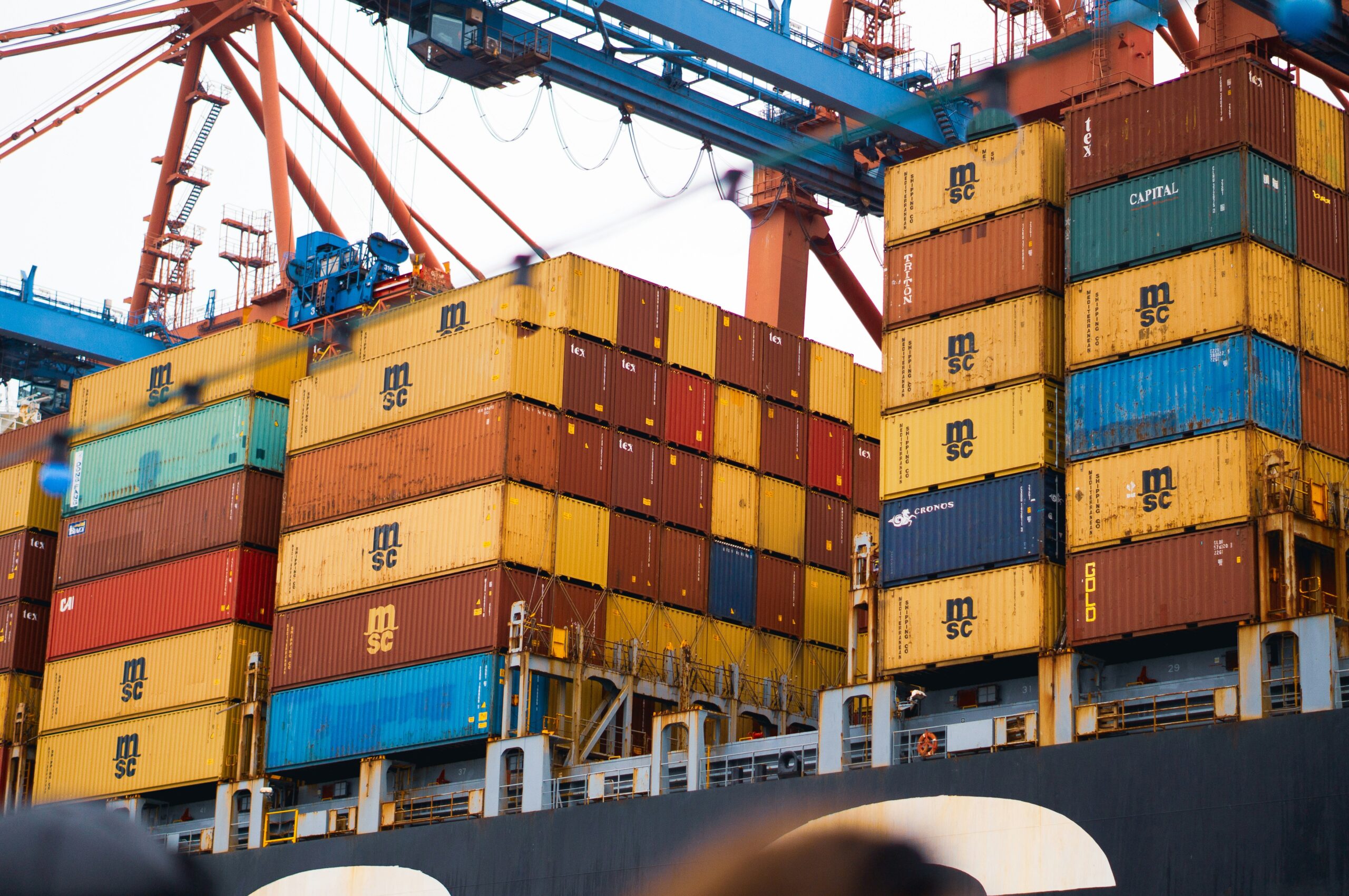Mali has trade agreements with all WAEMU members and the Economic Community of West African States (ECOWAS). The US and WAEMU have a TIF (TIFA). Mali joined the AFTA in March 2018.

West African Economic and Monetary Union (WAEMU)
The West African Economic and Monetary Union (WAEMU) is a non-profit organization whose aim is to promote economic integration among member states by improving their economies’ competitiveness in the context of a free and competitive market, as well as a simplified and harmonized legal environment.
As a result, WAEMU is a sub-regional integration tool that:
- Addresses the West African sub-economic regions and monetary characteristics
- Has a greater understanding of the obstacles that must be overcome
- Has a formidable economic and financial weapon in the form of the Bourse Régionale des Valeurs Mobilières (BRVM), a regional stock exchange.
AFCFTA
The African Continental Free Trade Area (AfCFTA) was established in 2018, and trade began on January 1, 2021. It was established by the African Continental Free Trade Agreement, which united 54 of the African Union’s 55 member countries together. Since the World Trade Organization’s inception, the free-trade zone has grown to be the world’s largest in terms of member nations. The AfCFTA Secretariat is based in Accra, Ghana, and was commissioned and handed over to the AU by Ghanaian President Nana Akufo-Addo on August 17, 2020.
The African Union (AU) mediated the agreement, which was signed by 44 of the African Union’s 55 member states in Kigali, Rwanda, on March 21, 2018. Initially, members are required to remove tariffs on 90% of items, allowing free movement of commodities, goods, and services across the continent. According to the United Nations Economic Commission for Africa, the deal will increase intra-African commerce by 52% by 2022.
US – Mali
A Trade and Investment Framework Agreement (TIFA) exists between the United States and the West African Economic and Monetary Union (UEMOA), which includes Mali.
Mali’s GDP was predicted to be $17.6 billion in 2019 (current market exchange rates); real GDP increased by 5.1 percent, and the population was 19 million.
Mali is now the 178th largest goods trading partner for the United States, with total (two-way) goods trade worth $73 million in 2019. Exports of products totaled $68 million, while imports of goods totaled $5 million. In 2019, the US goods trade surplus with Mali was $63 million.
In 2019, Mali was the 166th largest products export market for the United States.
In 2019, US goods exports to Mali totaled $68 million, a decrease of 13.9 percent ($11 million) from 2018, but an increase of 84.9 percent from 2009.
Vehicles ($14 million), equipment ($12 million), electrical machinery ($10 million), medicines ($9 million), and rubber ($4 million) were the top two-digit HS export categories in 2019.
In 2019, the United States exported $5 million worth of agricultural products to Mali. Prepared food ($2 million), wheat ($1 million), rice ($742 thousand), vegetable oils (except soybean) ($219 thousand), and pulses ($153 thousand) are the top domestic export categories.



